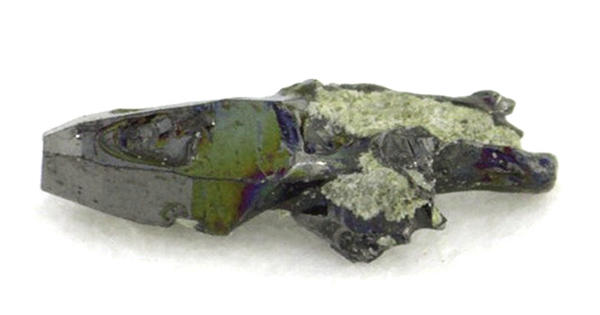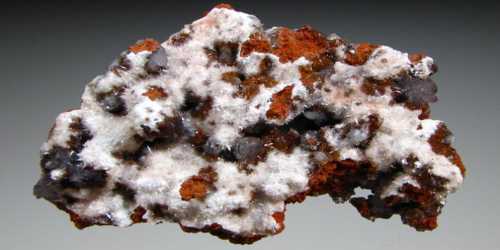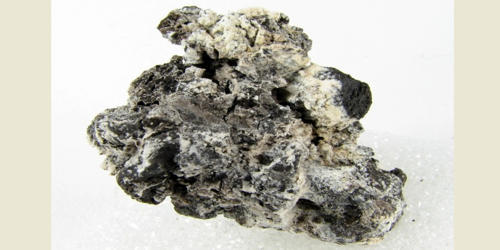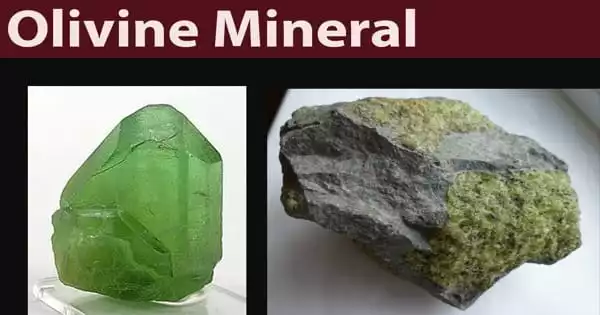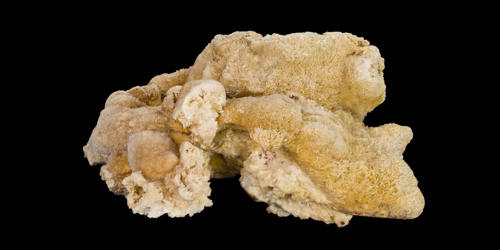Moissanite is a naturally occurring silicon carbide and its various crystalline polymorphs. It is one of the rarest minerals found in nature because it literally comes from space. It has the chemical formula SiC and is a rare mineral, discovered by the French chemist Henri Moissan in 1893. Silicon carbide is useful for commercial and industrial applications due to its hardness, optical properties, and thermal conductivity.
It is a mineral that was first discovered in fragments of the meteorite at Diablo Canyon or Meteor Crater in Arizona. It was named in honor of its discoverer, Nobel Prize winner Dr. Ferdinand Henri Moissan.
“Moissanites are popular stones in engagement rings because of their beautiful, diamond-like sparkle and peachy hues. It is one of the rarest minerals found in nature because it literally comes from space.”
General Information
- Category: Mineral species
- Formula: (repeating unit) SiC
- Crystal system: 6H polytype, most common: hexagonal
- Crystal class: 6H polytype: dihexagonal pyramidal (6mm)
- Color: Colorless, green, yellow.
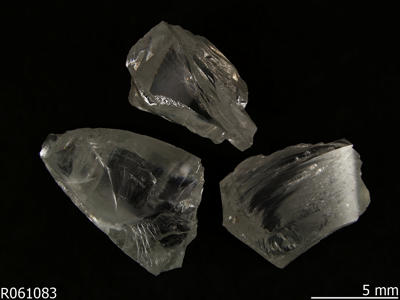
Moissanites, also known as simulant diamonds
Properties
The crystalline structure is held together with strong covalent bonding similar to diamonds, that allows moissanite to withstand high pressures up to 52.1 gigapascals. Colors vary widely and are graded from D to K range on the diamond color grading scale.
- Crystal habit: Generally found as inclusions in other minerals
- Cleavage: (0001) indistinct
- Fracture: Conchoidal – fractures developed in brittle materials characterized by smoothly curving surfaces, e.g., quartz
- Mohs scale hardness: 9.5
- Luster: Adamantine to metallic
- Streak: greenish gray
- Diaphaneity: transparent
- Specific gravity: 3.218–3.22
Moissanites, also known as simulant diamonds, look similar to diamonds but have different chemical and physical properties. They are popular stones in engagement rings because of their beautiful, diamond-like sparkle and peachy hues.
Occurrence
Its occurrence in nature is extremely rare and has only been found in upper mantle rock and meteorites. Until the 1950s, no other source for moissanite than meteorites had been encountered. Then, in 1958, moissanite was found in the Green River Formation in Wyoming and, the following year, as inclusions in kimberlite from a diamond mine in Yakutia. Yet the existence of moissanite in nature was questioned as late as 1986 by the American geologist Charles Milton. Moissanite, in its natural form, remains very rare. It has been discovered only in a few rocks, from upper mantle rock to meteorites.
Discoveries have shown moissanite occurs naturally as inclusions in diamonds, xenoliths, kimberlite, and lamproite. Discoveries show that it occurs naturally as inclusions in diamonds, xenoliths, and such ultramafic rocks as kimberlite and lamproite. It has also been identified as presolar grains in carbonaceous chondrite meteorites.
